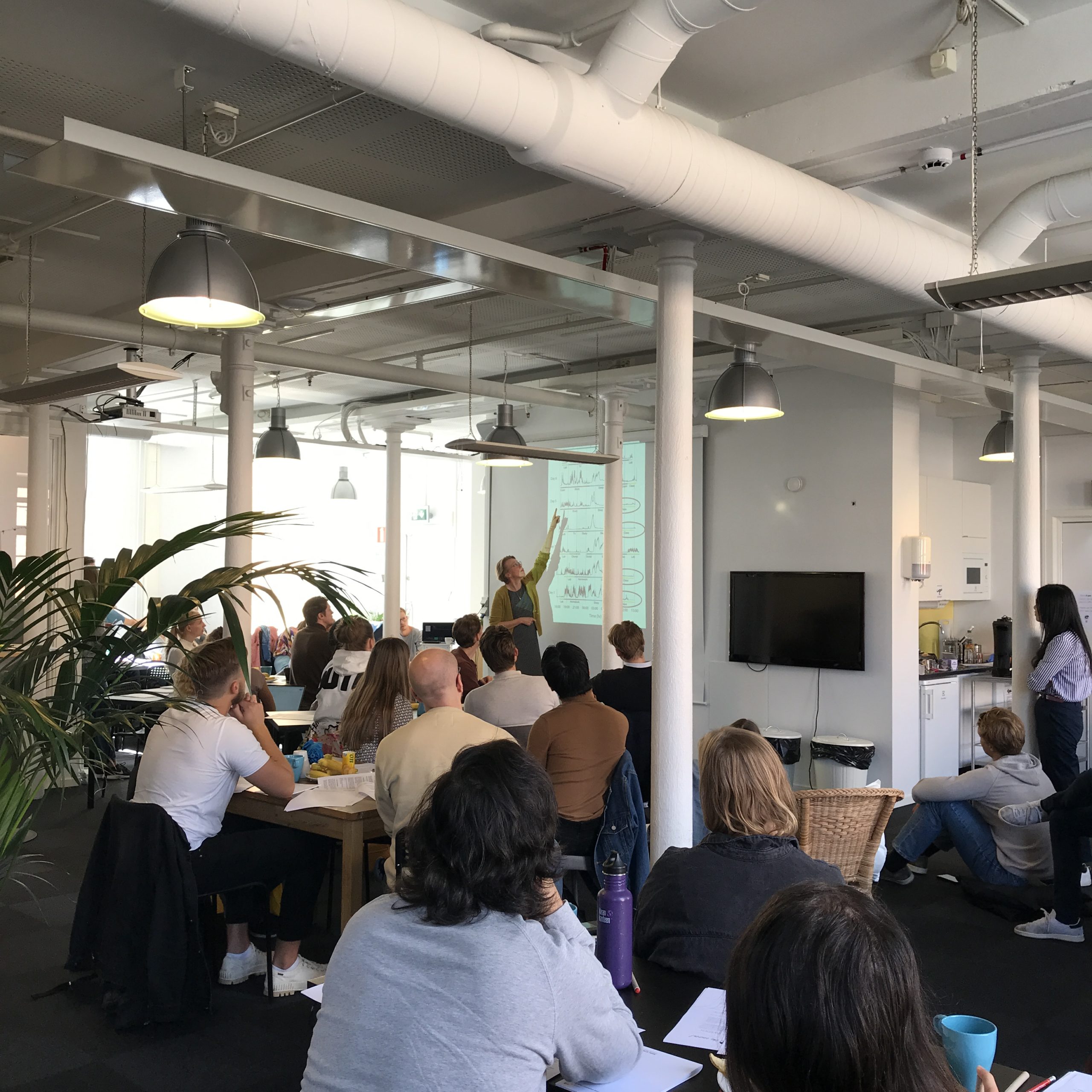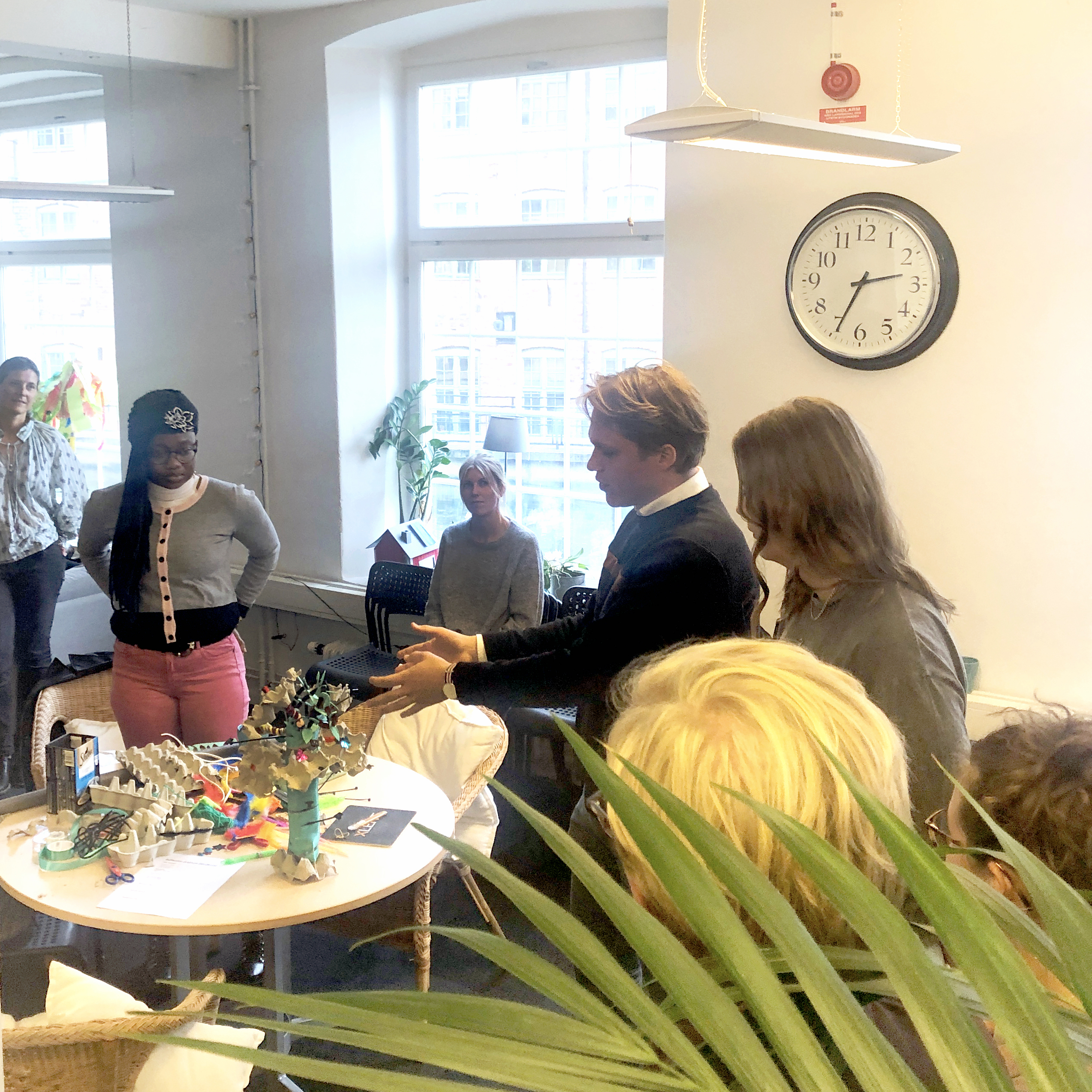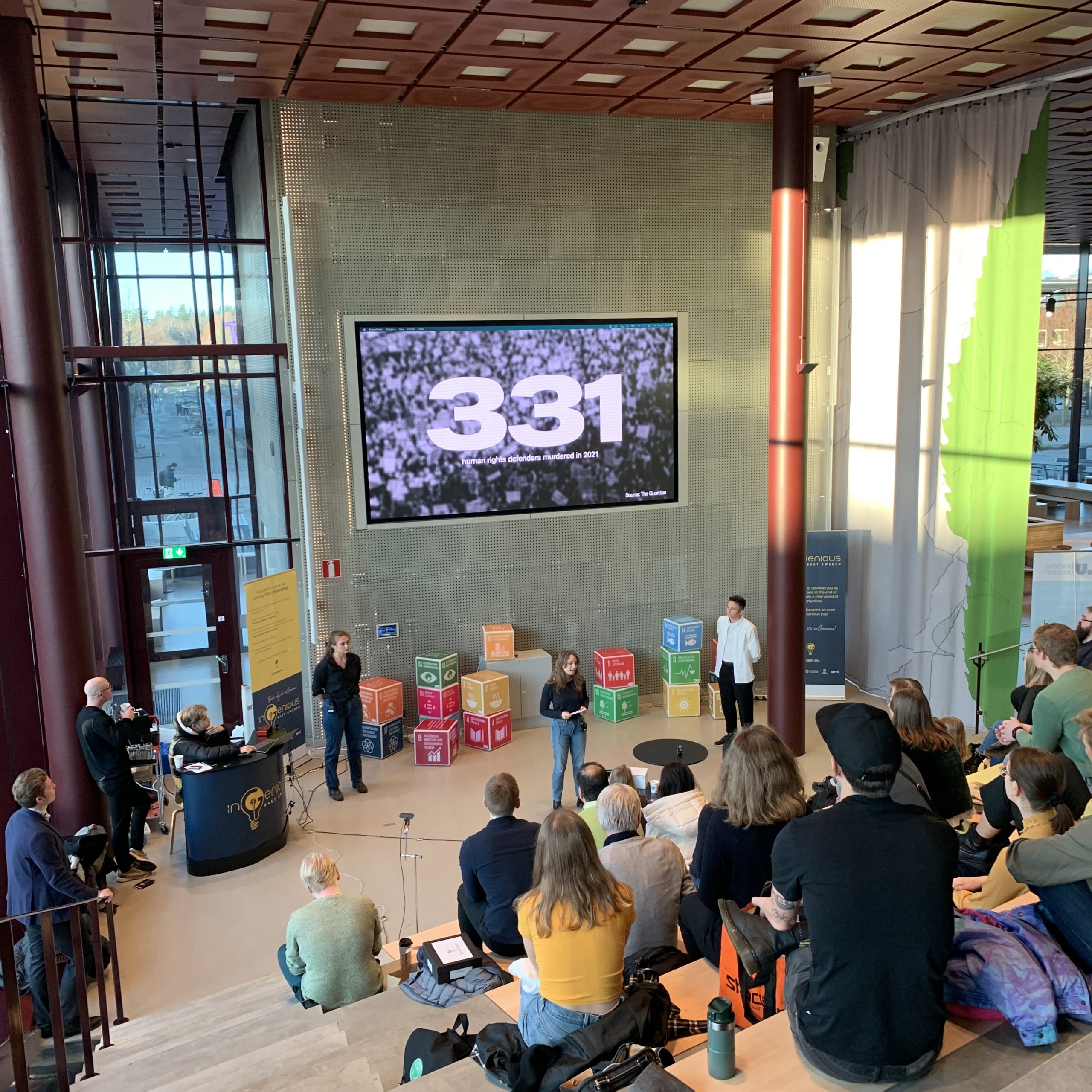From design to evaluation: The 7 steps to implementing sustainable venturing challenges
ACADEMIC STAFF
From design to evaluation: The 7 steps to implementing sustainable venturing challenges
The transition to a sustainable economy requires bold, innovative solutions. Build on your students’ desire to drive real, sustainable impact and blend your sustainable entrepreneurship education with new forms of collaborative learning and teaching.
Be at the forefront of this exciting development and start experimenting and establishing which challenge-based learning formats work best to engage your students in sustainable venturing. To help kickstart your challenge-based learning journey, we take you through each phase of the “sustainable venturing challenge cycle” from the perspective of academic staff. We differentiate between the three phases “Inform & Prepare”, “Connect & Co-design” and “Implement & Reflect”, which are detailed below.
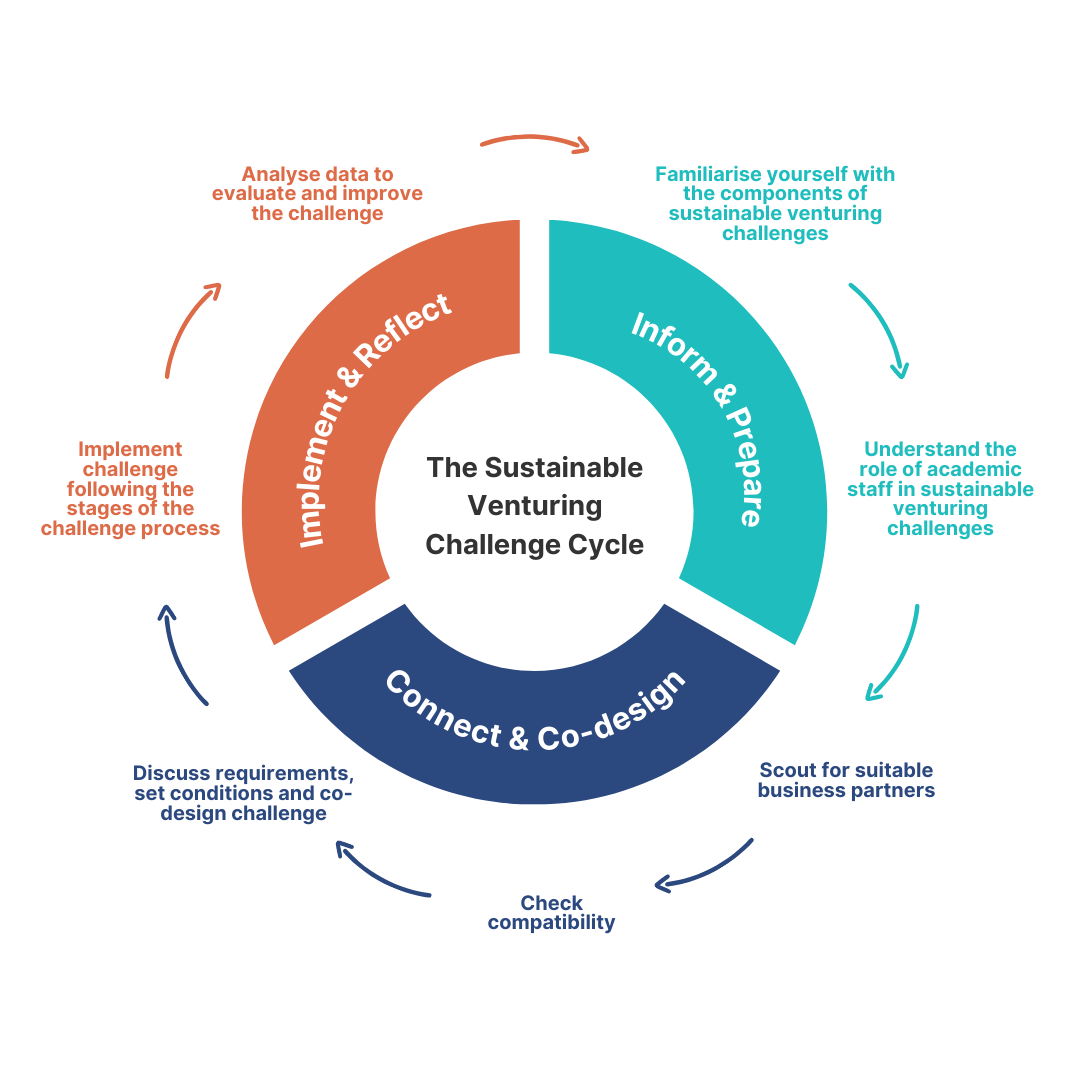
Inform & Prepare
Familiarise yourself with the components of sustainable venturing challenges
Sustainable venturing challenges require thorough preparation and planning. This entails becoming familiar with the evolving concept of challenge-based learning and getting to know the different features of sustainable venturing challenges. The following dimensions provide guidance as you decide on and select the right format for your students’ needs:
Content focus
Which focus would you like to take? From designing a thematic challenge which focuses on a specific topic (e.g., circular economy) to open ideation or business model generation for specific ideas – deciding on the focus of your challenge will depend on your general course structure, the duration of the challenge as well as the business problem presented by the business partner.
Duration
Short-term challenges usually span one to three days. While these should incorporate a number of relevant topics, they should not be overloaded with too much content. Long-term challenges span several weeks to months. In comparison to short-term challenges, they give students more time to internalise the challenge and to dive deeper into the subject matter at hand.
Curricular integration
Challenges can either be integrated into the curriculum or be offered as a co-/extra-curricular activity that complements the regular curriculum. The latter may require to invest more time in developing and preparing the challenge. For instance, recruitment of students will be necessary, which may prove to be more time-consuming. If you consider to offer the challenge as a co-/extra-curricular activity, you will also need to think about academic recognition in terms of awarding ECTS.
Type of collaboration
Which kind of collaboration suits your challenge format? While it makes sense to use traditional face-to-face collaboration, virtual or hybrid collaboration provides for a convenient and flexible option if you’d like to offer the challenge to students from other universities and countries, creating an international learning experience. Here, you will need to find the right proportion of face-to-face and virtual learning activities. In the case of fully virtual collaboration, you need to ensure a good level of connectivity between students and business partners.
Study level
Depending on the focus of your challenge, you have to decide on whether your challenge format will be open to undergraduate or postgraduate students, or both. This will depend on the experience level required to work on the provided challenge.
Student diversity
The challenge-based learning approach values participation of mixed student teams which are made up of students from different disciplines, universities and countries. While this can sometimes be difficult to configure, it enriches team creativity and also increases the attractiveness of challenge-based activities or programmes for students.
Providing a sustainable venturing challenge to your students can be energising for educators and company staff alike. However, challenge-based learning is a challenging pedagogical approach that requires additional effort in terms of involvement and time. You will engage in more roles than you might be accustomed to, flowing between these roles. The same goes for the business partner. As a result, it is important to develop a good understanding of the exact roles that you take on in a sustainable venturing challenge:
Teacher
As academic staff, you engage in transferring new knowledge to your students, especially as regards methods, approaches and tools for sustainable entrepreneurship and innovation. However, a major focus will be set on leveraging your students’ ability to use the knowledge acquired to develop innovative solutions for the real-world problems at hand.
Coach
You provide your students with support, guidance and direction throughout the entire challenge process, from defining the challenge and structuring essential information to ideating and developing solutions. At the same time, you make sure to give your students enough space to allow for creative and self-directed learning. Achieving this balance requires you to understand your students’ needs but also to encourage them to take on responsibility as challenge solvers.
Mentor
You engage your students and ensure their active participation and learning, aiding them in building a range of skills and future-oriented competencies which are essential for 21st century learning, such as critical thinking, collaborative work and intercultural communication. You motivate your students to actively experience each stage of the challenge process as well as reflect upon their experience. You might even inspire them to imagine themselves in careers or working with topics they have not considered before.
Facilitator
As academic staff, you represent the essential link between your students and the business partner and engage in managing and maintaining the challenge process. Essentially, you act as intermediary and ensure smooth collaboration and communication, both between students and company staff as well as between your students.
Connect & Co-design
Scout for suitable business partners
Finding a suitable company partner (or several partners) for your sustainable venturing challenge largely depends on your teaching concept and how you envision to design and deliver the challenge. But where to get started with your search for companies who can offer well-defined challenges to your students, in the first place? There are several possible ways to scout for suitable companies:
Individual professional networks
Start by scanning your own professional network and check your contact databases for suitable contacts or those that can refer you. Also consider rediscovering dormant ties and relationships that have faded out of view. In the case of prior industry experience, reconnect with past employers and former business acquaintances.
University transfer offices
Turn to your transfer office to inquire about existing industry partners. The transfer office staff can also help you reach out to and establish contact to prospective new partners.
Business and industry associations
Get in touch with business associations who represent leading companies from various business sectors. Through their membership network and in-depth understanding of industry-specific trends, they can help you identify suitable companies.
Media announcements and platforms
Stay abreast of the latest industry news, subscribe to receive regular press information from interesting companies or browse specialised media platforms to learn of companies interested in collaborating with universities.
Digital platforms
There are several actors who have specialised in connecting universities interested in taking up sustainability challenges with companies that bring in their challenges. Browse our emerging database of sustainable venturing challenge providers and matchmakers to see whether there’s a suitable corporate partner for your requirements.
Regional initiatives
Initiatives that practice regional cooperation, capacity building and networking around core themes can help you connect to their members engaged partners.
Start-up ecosystem
Reach out to various actors in the regional start-up ecosystem, be this start-ups or start-up support organisations such as incubators, accelerators, co-working spaces or investor networks which can connect you to the start-ups in their network.
Check compatibility
Once you have identified a potential corporate partner, there are several key criteria that should be considered and cross-checked, and which, if met, lay the foundation for building a solid partnership, including:
Innovation orientation
How high is the company’s innovation orientation and what is its innovation endeavour? Is the company’s innovation orientation high enough for it to follow a cooperation-based strategy that fits your envisioned challenge format?
Impact orientation
Is the company aiming to generate impact through the collaboration? Together with you, is it willing to develop and set clear impact objectives?
Sustainability orientation
What is the company’s strategy and level of engagement regarding environmental and social sustainability? Does it suit the intent of co-developing sustainable ideas and solutions?
Student orientation
Is the company willing to cooperate with students at eye-level?
Resource availability
Is the company aware of the resources it needs to invest to ensure a fruitful collaboration, for instance with regards to time and personnel? Does it have the capacity to invest these resources into preparing and conducting the challenge, as well as into implementing student ideas and solutions?
Transparency
Is the company willing to share all necessary information, know-how and data to ensure that the challenge is designed and implemented in an effective way?
Commitment
What drives you both to co-design and co-implement the sustainable venturing challenge? Collaboration in venturing challenges requires upfront commitment and the willingness to interact with an outside actor who brings in different values and working approaches. Does the company’s level of motivation and commitment fit with your yours?
Discuss requirements, set conditions and co-design challenge
Once you have identified a suitable corporate partner, you should enter into discussion of key requirements and together with your team, begin to prepare the challenge. To ensure successful collaboration, the following topics should form the basis for discussion:
Managing expectations
Make sure that early on in the partnership process, both sides get to clarify their expectations. Managing and aligning expectations is important for ensuring a good collaboration. This includes defining the roles of academic staff and the business partner as well as that of the student in the challenge process. It is also important to discuss how much time and resources each partner will invest in preparing and implementing the challenge activity or programme. Discussing the intended learning objectives for students is also recommended. The most important things you decide on should be documented in project plans and be set forth in a formal agreement. Also check in advance whether you wish to set up a non-disclosure agreement and prepare this with the university’s legal services, if necessary. Also discuss who receives what rights to the results produced.
Defining challenges
Discuss how to frame and communicate the business problem to the students. It is important that the challenge is neither formulated too broadly nor too narrowly. It should be open enough to foster students’ creativity and out-of-the-box thinking, but concrete enough to provide them with a sufficient degree of clarity and to not overwhelm them. It can be helpful to ask the following question: “What can be done to create a solution to the problem?” This question leads to a challenge and contains a lot of learning possibilities for the students. Asking how to solve a problem goes in the wrong direction (at least in terms of following the challenge-based learning approach), as it suggests that the solution is already known and the students are only to carry out operative implementation.
Handling VUCA
VUCA is an acronym that stands for volatility, uncertainty, complexity and ambiguity and is used to describe the nature of challenges. Both sides should be aware of this and discuss how to handle it.
Choosing suitable collaboration spaces
Based on the duration and type of collaboration of your challenge activity or programme, determine the collaboration and meeting spaces you will require for the number of involved students. Also consider whether you will provide learning locations outside of university, for instance at the company office. This can be motivating and increase students’ commitment and emotional engagement. If you engage in virtual collaboration, you will also have to give thought to the design of the virtual collaboration spaces.
Training company partners
Company partners are not only problem owners and providers, but take on an active role throughout the challenge process as coach and mentor. Together with your academic team, clarify how and in what way you will provide training to your corporate partner to prepare them for this.
Implementing student ideas and solutions
You should reflect on the “after-phase” of the challenge. In the case that the company decides to work with the student ideas and solutions, how will you go about measuring the impact of the implemented solutions? In the case that a student team’s idea or solution is not taken up by the company, you need to clarify whether the students will receive the opportunity to develop their ideas further in an advanced challenge module or activity. If not, will students be able to sell their ideas to other companies?
Assessing and grading student teams
How do you plan on assessing the students’ ideas and solutions and which evaluation criteria will you use? You should decide on whether you will grade their contribution and whether they will receive official certification from the company for their achievements.
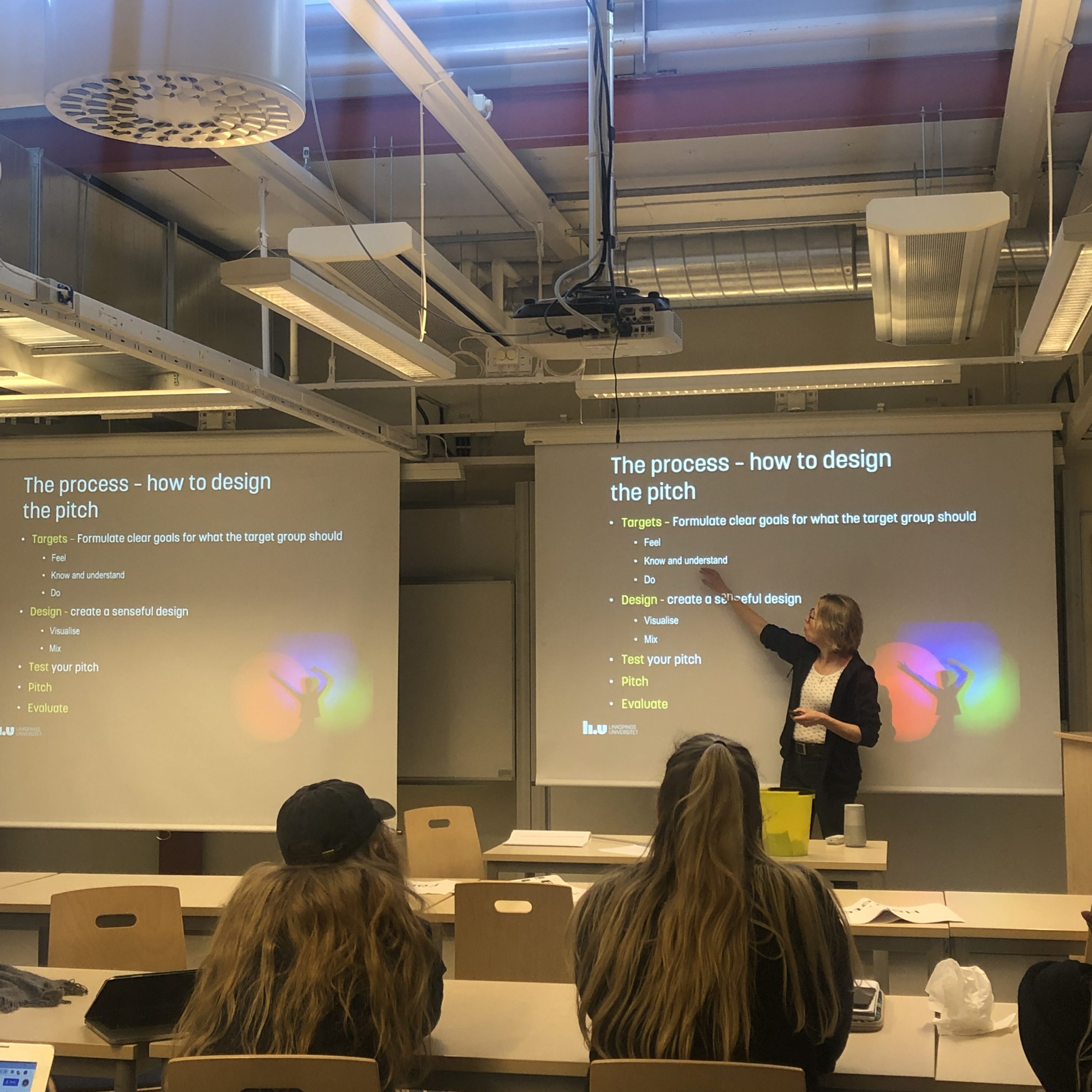
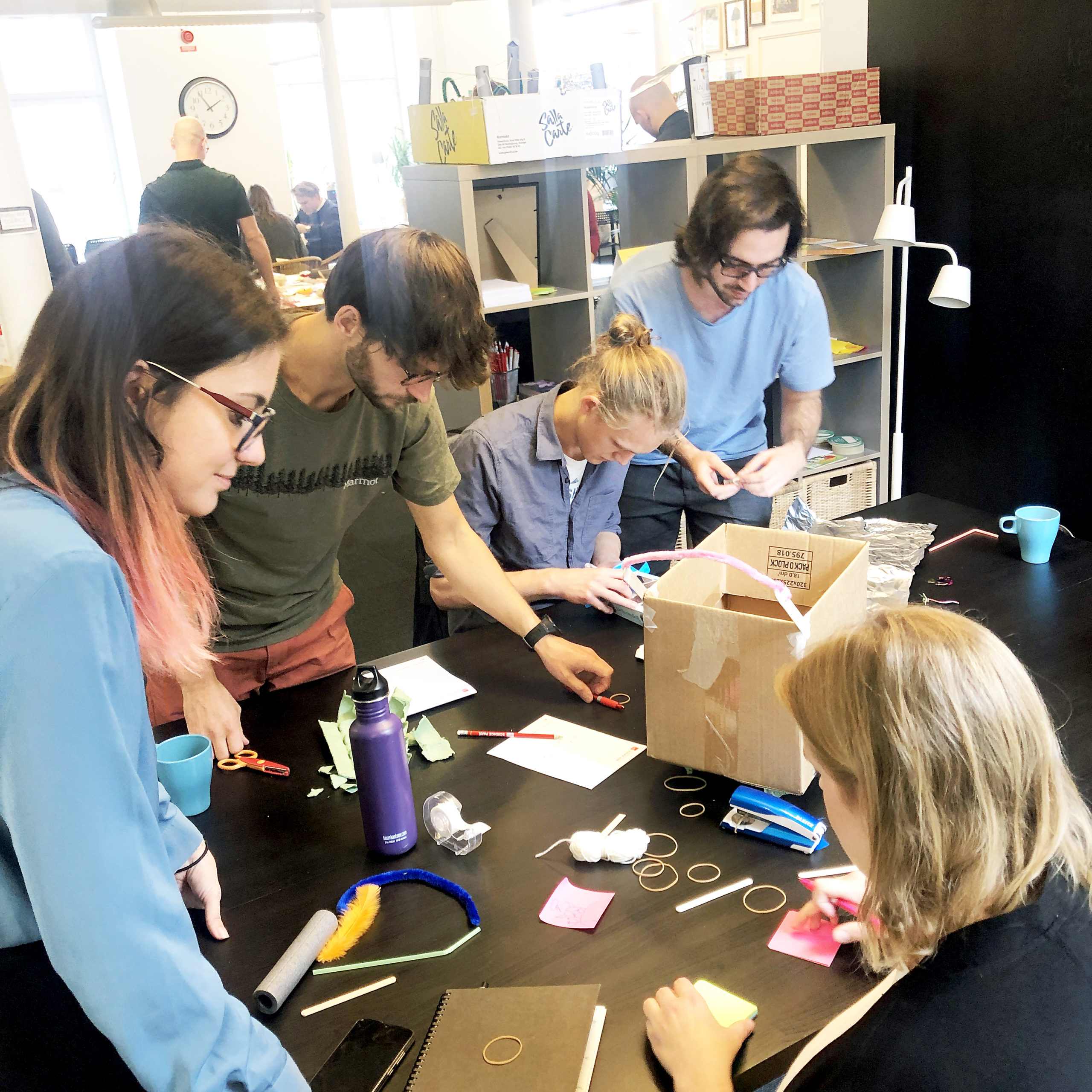
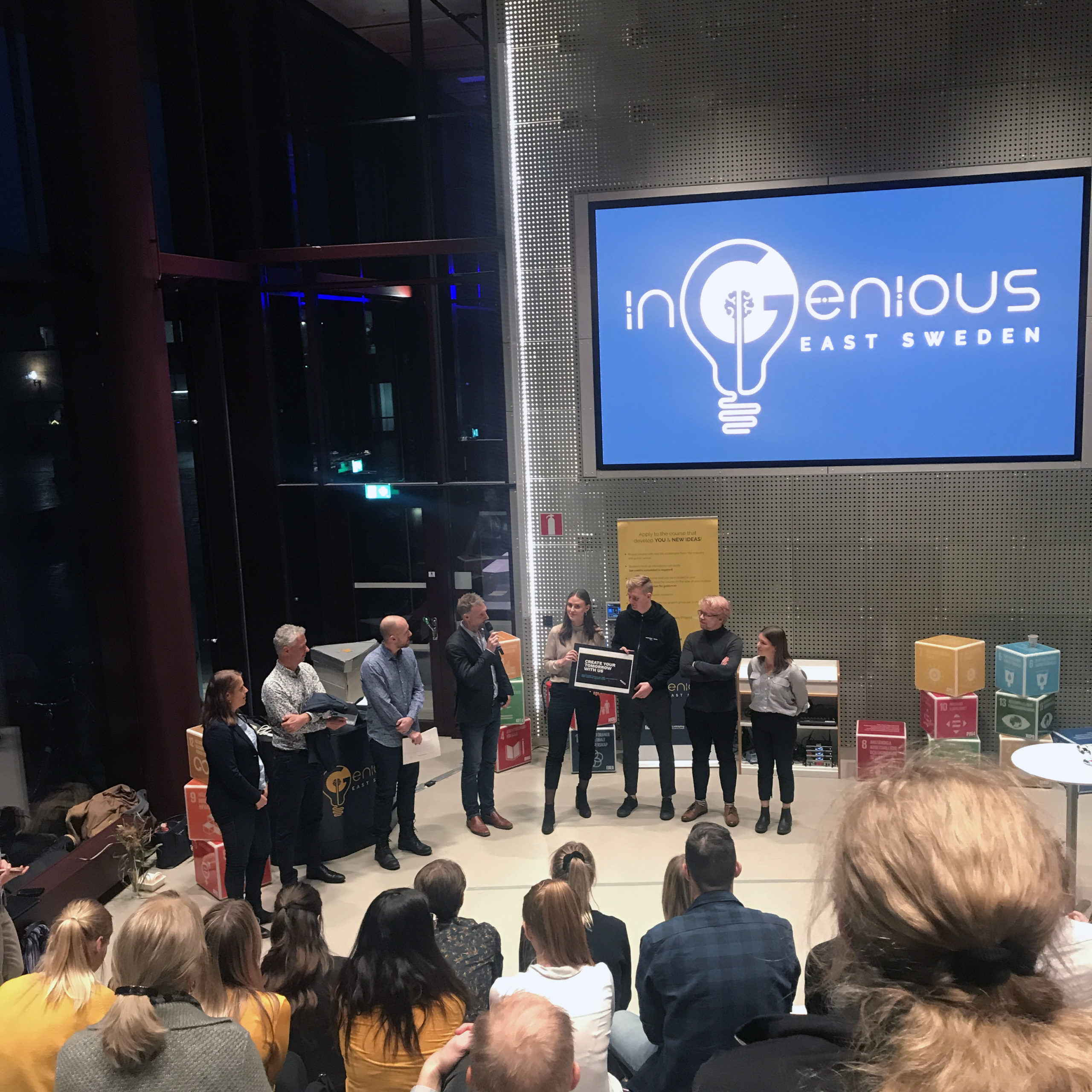
Implement & Reflect
Implement the challenge programme or activity following the different stages of the challenge process
Student-business challenges in sustainable venturing will typically feature the stages shown below. In each of these stages, academic staff and business partners are involved to a varying extent. The business partners’ input during the kick-off of the challenge format is a necessary prerequisite for setting the stage and making sure that students can develop a sense of ownership of the challenge. Besides supplying information material about the challenge, it is advisable that academic staff provide student guidelines which detail the planned challenge procedure, important dates and if applicable, requirements for examination. The guidelines should also contain general information about the collaboration with the business partner and the expected role of students. Besides direct contact details of academic staff and business partners, lines of communication in case of conflicts should also be provided.

Depending on the level of engagement agreed on, the business partners make time available to act as coaches and mentors during the stages in which the students generate ideas and develop a concrete solution. As regards the learning process during challenges, the widely recognised Challenge-based Learning Framework formulates three interrelated phases: “Engage”, “Investigate” and “Act”. In the engagement phase, challenge participants explore the given problem and based on this, move towards formulating a challenge. The investigation phase involves in-depth research and analysis which result in multiple perspectives and new ideas. Refining these ideas leads to the final phase of action in which the participants eventually develop a concrete solution. During the presentation of the students’ solutions, business partners act as jury members alongside the academic staff and together, assess the proposed solutions on the basis of predefined evaluation criteria such as potential environmental and social impact, degree of innovation and implementation feasibility.
Analyse data to evaluate and improve the challenge
In the evaluation stage, challenge outcomes are assessed to make improvements to the challenge format. “Have my students been able to develop their sustainable entrepreneurship competencies through participating in the challenge?”, “Have the company partners benefited from the challenge activity by acquiring new ideas?”, “Have any of the student ideas been implemented by the companies, and if so, what positive environmental, social and economic impacts are they generating?” – these are all essential questions to ask when evaluating challenge-based activities and programmes in sustainable venturing.
To be able to answer these questions in a strategic way, it can be useful to set up an accompanying evaluation and impact assessment system from the outset, including baseline assessments before the challenge is kicked off. This can benefit educators immensely by ensuring that:
-
-
- the challenge is designed along defined learning outcome and impact objectives
- both academic staff and company staff can develop a common understanding of the challenge
- the impact of the challenge is monitored and evaluated based on a set of indicators
- it is clear which student ideas and solutions have either strengthened existing considerations within the company, provided new impulses, or have actually been implemented
- the challenge can be improved with regard to efficiency and effectiveness
- all involved, whether student, educator or company representative, can grasp the impact and meaningfulness of their commitment
- the results of the activity or programme can be reported to a wider audience, increasing interest and participation of external actors, for instance with regard to scaling up the challenge to other programmes and universities
-
If you would like to get started on measuring and improving the impact of your challenge activity or programme, the “Guidelines for the evaluation of collaborative student-business venturing activities” are a suitable resource. The manual is aimed at both academic staff and company managers and introduces approaches to make transparent the costs, benefits as well as the outputs, outcomes and impacts of student-business collaboration schemes in sustainable venturing. It also shows how to identify the strengths and weaknesses of existing teaching and learning schemes, and provides insights on how to improve and develop them further.
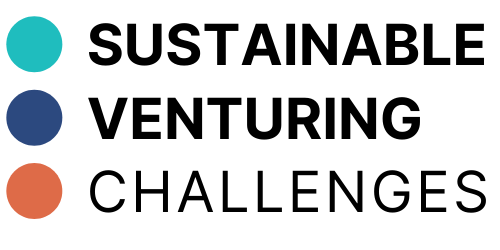
powered by ScaleUp4Sustainability
Carl von Ossietzky University of Oldenburg
Department of Business Administration, Economics and Law
Adj. Prof. Innovation Management and Sustainability
Ammerländer Heerstr. 114-118, 26129 Oldenburg, Germany
Legal notice and data protection

The platform was created as part of the ScaleUp4Sustainability project. ScaleUp4Sustainability (Project Reference: 601150-EPP-1-2018-1-DE-EPPKA2-KA) is funded by the Erasmus+/Knowledge Alliance Programme of the European Union.

